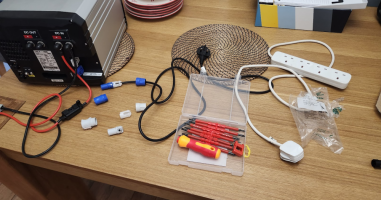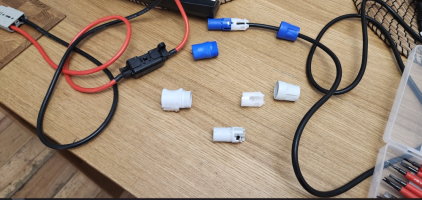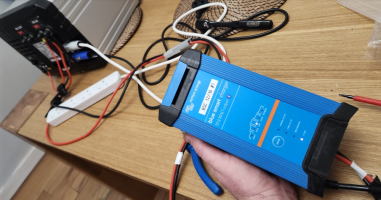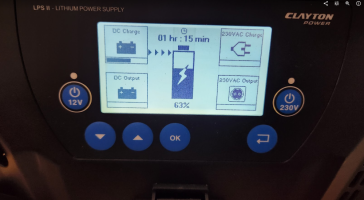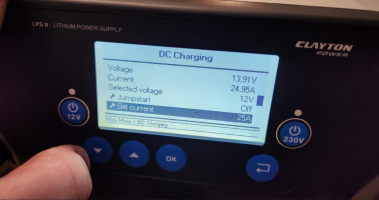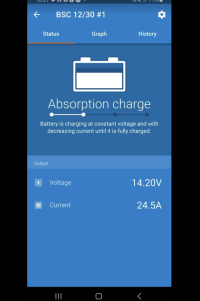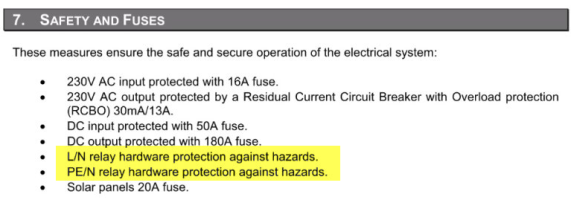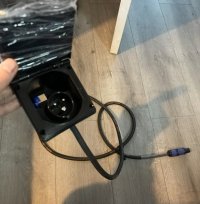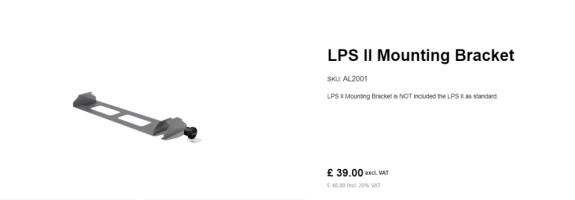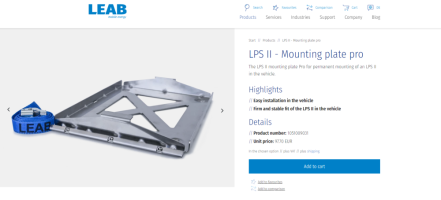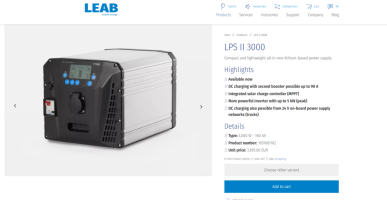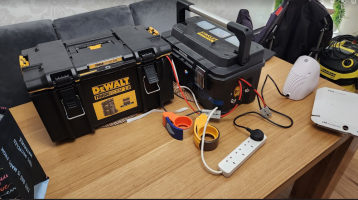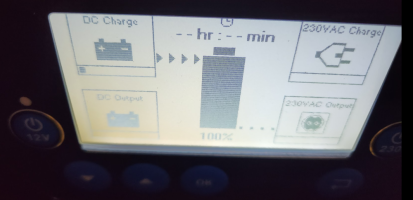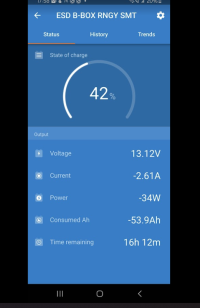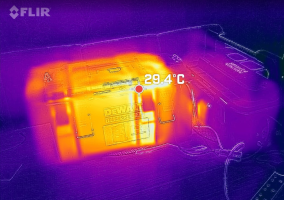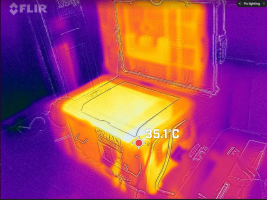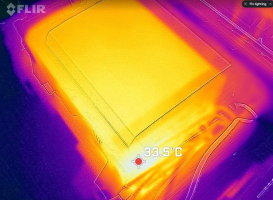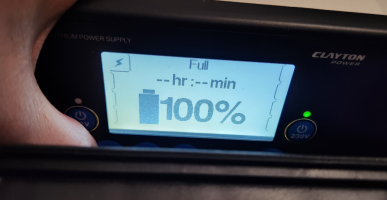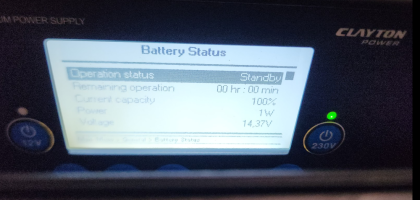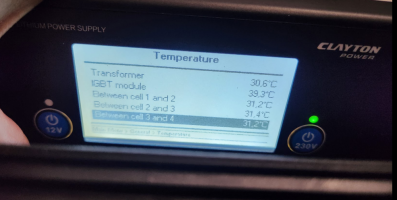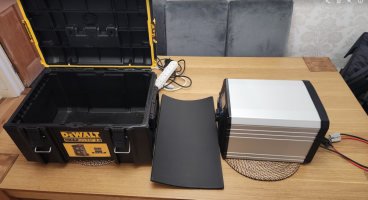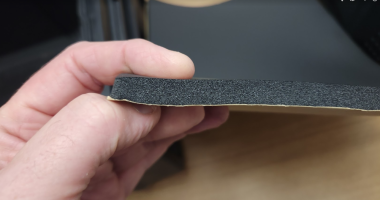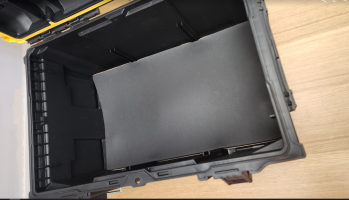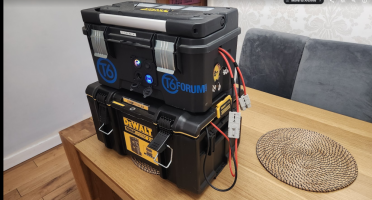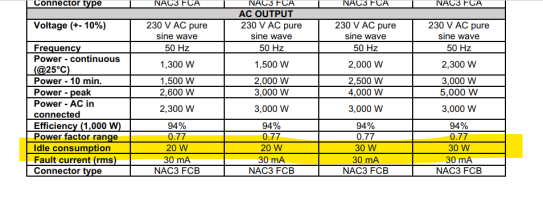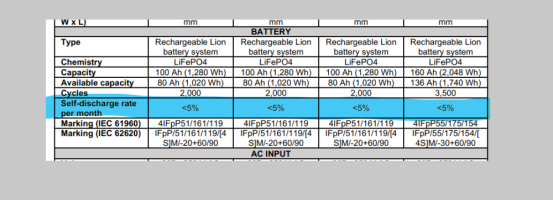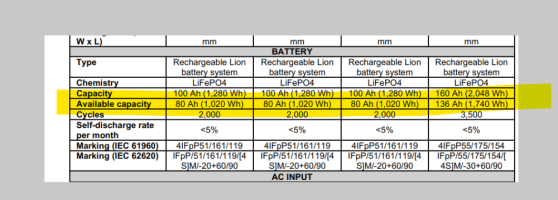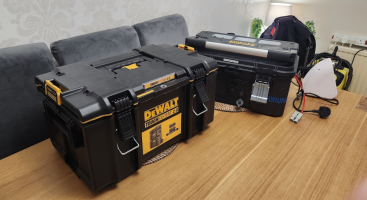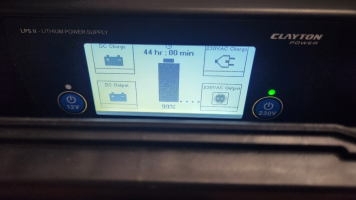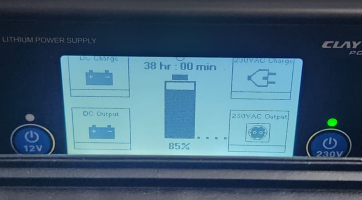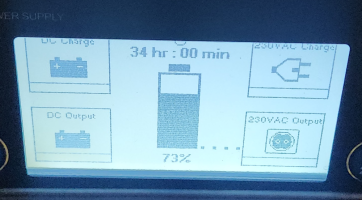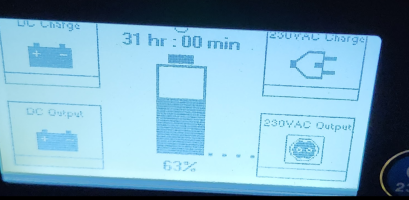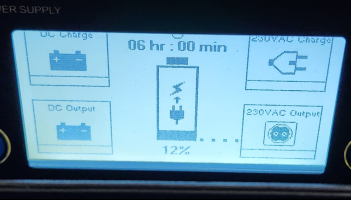Is the LPSII right for a Leisure setup in a T6 campervan.?
+++
right im going to put myself out there for some hefty criticism.
because i think -
No, the LPSII is not the best option for a T6 camper van.
+++
why? - whats bad about it?
its a big unit, that you cant fit under a seat vs a nice compact 100ah under-seat lithium + inverter. space is at 100% premium, and squeezing your 12v leisure install into seat bases is a better solution as it gets you more space in the back of the van.
the
inverter is not the best for efficiency - my Renogy 1000w gets left on all week in the van and wont run the battery flat. so the LPSII need to be constantly kept an eye on or it will run flat within a day with the 240v on and just a small load like a Compressor fridge. - not great when camping.
the
capacity is too small - 80ah usable (from the 100ah internal battery) is just not enough to see you through a camping weekend. - they are talking about extra batterys being available in 2024 - or you can hack in a buffer battery like i did.
its
very expensive for what it it. - you can buy the separates and diy for less cash.
No APP for monitoring - but its coming in new LPSII units 2024
+++
What is great about it?
well the
DC charge speed from the engine bay is impressive - and the best I've seen yet.
the
DC output is very capable compared to other PPP, but on par with a standard lithium battery setup
it has a
good solar MPPT built in - separate from the DC in.
the
jumpstart feature is brilliant - but he relies on a direct link to the starter battery, and not using a buffer battery setup.
the
SUPER CHARGER is nuts - 90/100A charge rate is amazing.
+++
so where do i go from here?
well
i love the LPSII,
in fact I've just bought the
LPSII REMOTE to go with. . . its on its way now.
I've also emailed Clapton Power to ask about the upcoming BT & App feature, and if the LPSII can be retro fitted. . . or seeing as the REMOTE is CAN bus - can they make a REMOTE with BT, so that all the existing LPSII users can have that feature. (i also asked about the upcoming extra battery's - lets see what they come back with.)
ill be using this as a portable camping setup. with the 230ah ROAMER seat base buffer battery. . . for the foreseeable future. (but i wont be hard wiring it in)
or even a coupe of
@Dellmassive 100Ah battery boxes. . .
it will stay a Portable power solution - like the EF Delta2 and others
ill have to add in the normal 400w solar to see if i can get through a 5day camping trip. . .
+++
so what about the
BUS, i was going to fit in in there . . . . but now I've decided its just not right for me.
having the
SWB T6, there just isn't enough space for this setup.
I've decided i will be better off fitting a
230ah seat base battery under the seat, with standard 12vdc from that.
with a
50A dc-dc charger, like the Orion XS or Renogy IP67 or Renogy DC50s or a REDARC as they are small.
and add in a
1/1.5/2kw inverter under the other seat base. with associated EHU consumer unit, with the EHU point under the bonnet.
ill run
separate 240ac sockets for the Inverter feed / EHU feed to save the earthing arrangement mess.
and ill fit the
Derv Heater under the van in the OEM location with the OEM ducts.

+++++
and
what of the LPSII when the BUS is fitted out with its camper setup . . .and we dont need it as a Portable solution ?
we`ll ill be
fitting it in the (work) VAN . . as its a daily driver, and running the engine is not a problem.
we dont have or need fitted solar - but can
add some portable if needed.
the
jumpstart feature will be great.
but i have a better idea. . . .
that as i already has a Fogstar 230ah seatbase battery. . . .
and a 50A dc-dc charger. . . and a 1000w Renogy inverter . . .
ill remove the inverter, and
fit the LPSII in the back of the van and connect it to the 230ah seat base battery.
that way the 230ah will act as a buffer battery . .
.giving the LPS 330ah of effective battery capacity.
the
LPSII 2500w inverter will cover all my mobile power needs.
and the
50A charger will charge both the 230ah seat base and the LPSII at the same time. - we can even add in a IGN Toggle switch to enable/disable the LPSII charging side.
..
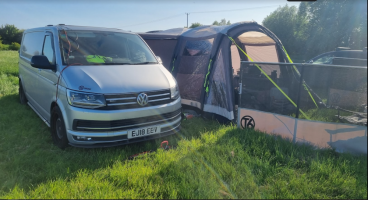
so thats my ideas and thoughts on the LPSII . . . and why its not right for me to fit in out T6 as a fitted leisure battery solution.
.
.
but the future is bright for the LPSII
and i just hope they offer a REMOTE that enables the BT feature. . . . so we can all have the APP in the near future.
.

